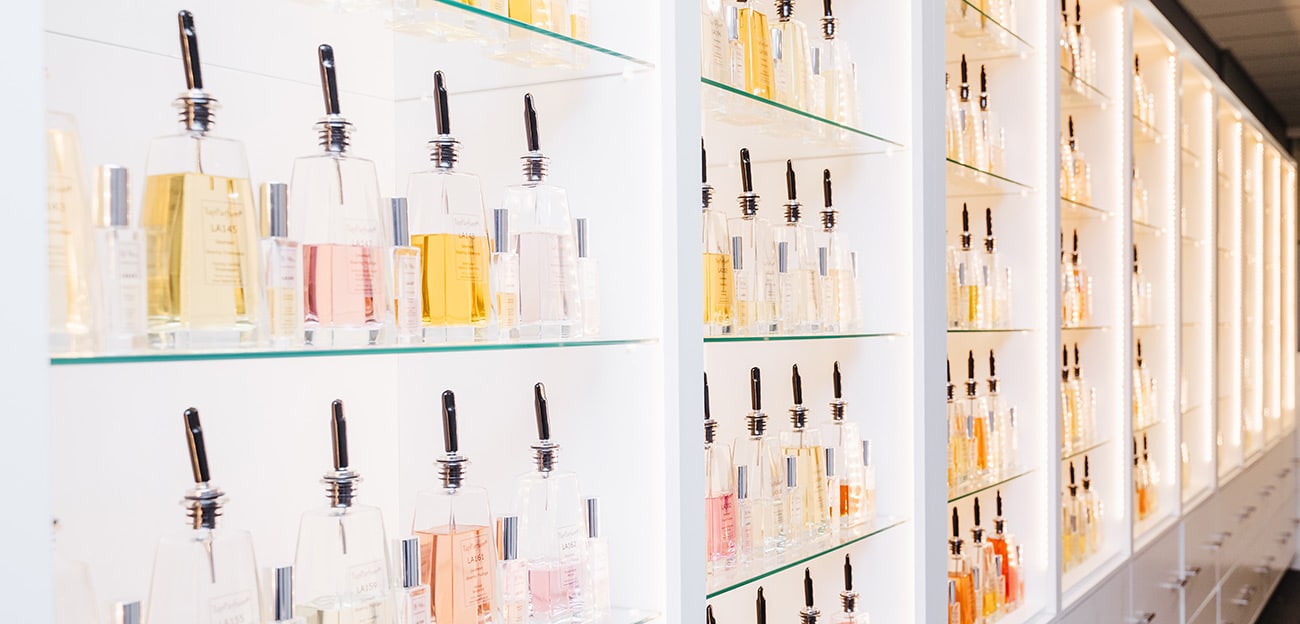
Essential oils are made with materials Mother Nature gives us. Flowers, fruits, wood and roots of plants are some examples. Of course, this must be extracted in some way and this can be done through a distillation process.
Some of the processes applied are:
Water distillation: This is a process in which the material is brought into direct contact with boiling water. It is not used very often since the material suffers a lot due to the high temperature.
Steam distillation: In this process, the material is pressurized by steam. This releases the volatile parts and this is then cooled again. The different substances begin to separate, leaving the oil layer floating on the scented water (hydrolate).
Cold expression: This is used, for example, in distilling fruit. In short, it involves pressing out the oils.
Solvent extraction: In this process, ethanol or hexane is used to extract oils from plant material. This is used with plants that are too delicate for steam distillation. Finer fragrance oils are produced with this.
Enfleurage: This is an old-fashioned way of extracting odor. Glass or cloth windows are smeared with grease. Flowers are "stuck" to this grease so that the fragrance can soak into the grease. Those flowers are regularly replaced until the grease is saturated.
Essential oils are often expensive, and that's because the yield of a distillation is often low compared to the high amount of material you put into it. For example, it takes about a thousand pounds of jasmine to make one liter of jasmine essential oil! Even though there is a lot of work involved in these processes, it is still wonderful to smell the real scents of nature!